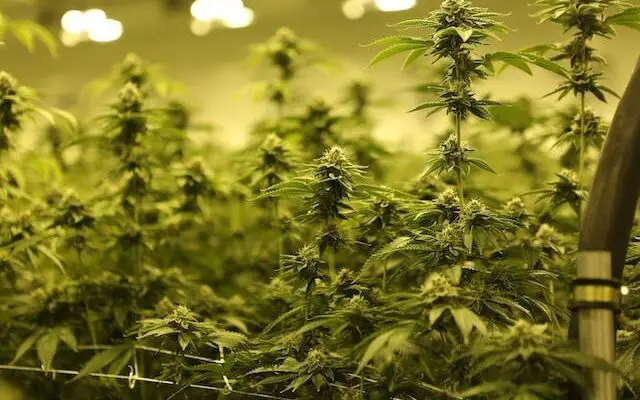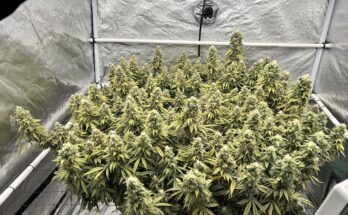Autoflowering cannabis plants are emerging as a game-changer in the realm of cannabis cultivation, thanks to their distinctive characteristics and growth behaviors. Compared to traditional photoperiod cannabis strains, these resilient plants bring a plethora of advantages and intriguing traits that cater to a wide range of growers, from beginners to seasoned cultivators. This blog post explores five fascinating aspects of autoflowering cannabis, shedding light on why they are increasingly becoming the preferred choice for many in the cannabis-growing community.
1. Independent of Light Cycles
Autoflowering cannabis plants, unlike their photoperiod counterparts, do not depend on specific light cycles to initiate flowering. Traditional photoperiod cannabis strains require changes in the duration of light and darkness, specifically longer nights, to start flowering. This is typically achieved naturally as the seasons change or artificially in controlled environments. Autoflowering strains, however, are indifferent to these light cycles. They begin flowering based on age, usually around two to three months after seed germination, regardless of the lighting conditions. This trait makes them a favorable choice for growers who prefer a cultivation process without the need to manipulate light schedules.
2. Fast Growth and Harvest Cycles
One of the most significant advantages of autoflowering cannabis is its rapid growth and shorter life cycle. These plants are typically ready for harvest in a much shorter timeframe compared to photoperiod strains. Autoflowering cannabis can complete its entire growth cycle, from seedling to harvest, within a brief period of 2-3 months. This quick turnaround is highly beneficial for growers looking to maximize their yield in a shorter time. It allows for multiple harvests in a year and is particularly advantageous for regions with shorter growing seasons.
3. Compact Size
Autoflowering cannabis plants are distinguished by their compact stature. They typically grow to a smaller size than traditional photoperiod plants, which makes them particularly suitable for growers who have limited space. This smaller size is a significant advantage for indoor cultivation, allowing efficient use of space in confined areas. Autoflowering strains are also well-suited for smaller outdoor spaces, such as balconies or patios, where larger plants might not be feasible. Additionally, their modest size can lead to more manageable maintenance and care, making them a convenient choice for those new to cannabis cultivation.
4. Resilience and Adaptability
Autoflowering cannabis plants are notable for their exceptional resilience and adaptability, characteristics that make them suitable for a wide range of growing conditions. They have the unique ability to thrive in environments that are not ideal, enduring fluctuations in temperature and variations in light conditions that might challenge other strains. This robustness is largely due to their genetic heritage, which is often linked to Cannabis ruderalis, a species renowned for its hardiness and ability to withstand harsh conditions. Consequently, autoflowering strains are an excellent choice for novice growers or those who must contend with less-than-optimal growing environments. Their forgiving nature reduces the likelihood of loss due to environmental stressors, ensuring a higher chance of successful cultivation. This adaptability extends to both indoor and outdoor growing scenarios, providing flexibility for growers in different settings.
5. Diverse Strain Options and Potency
Autoflowering cannabis has come a long way in terms of variety and potency. Modern breeding techniques have significantly improved the quality and diversity of autoflower strains. High-quality auto flower seeds now encompass a wide range of flavors, aromas, and effects, matching the diversity found in photoperiod strains. Moreover, advancements in breeding have also enhanced the potency of autoflowering varieties, ensuring that they are on par with their photoperiod counterparts in terms of cannabinoid content. This evolution in autoflowering cannabis breeding offers a rich selection for connoisseurs and medicinal users alike.
Conclusion
Autoflowering cannabis presents a fascinating and practical option for cannabis cultivation. Its independence from light cycles, rapid growth, compact size, resilience, and diverse and potent strains make it an attractive choice for a wide range of growers. As the cannabis industry continues to evolve, autoflowering varieties are set to play a significant role in both commercial and personal cultivation, offering efficiency, convenience, and quality. Whether you’re a seasoned grower or just starting out, exploring the world of autoflowering cannabis could open up new and exciting possibilities in your gardening endeavors.



